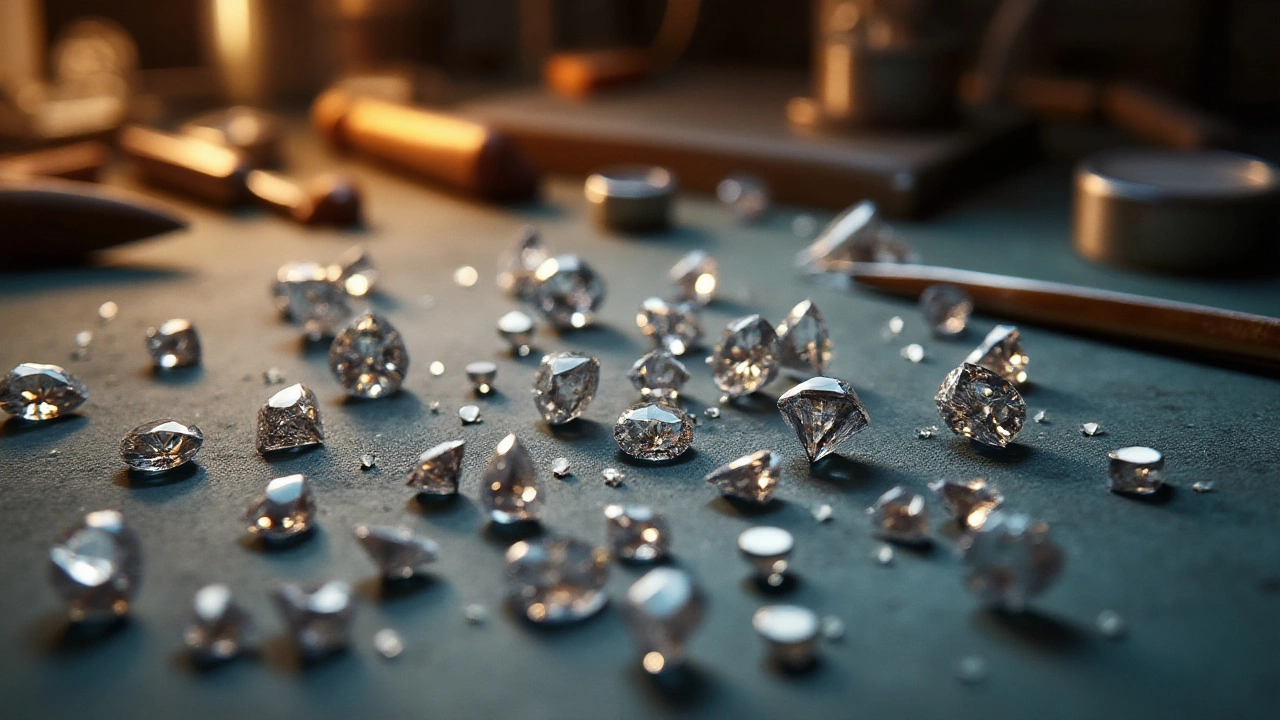Wedding Ring Basics: How to Choose, Stack & Budget
If you’re planning your big day, the ring you wear after the "I do" matters just as much as the dress. It’s not just a piece of jewelry – it’s a daily reminder of your love. Let’s break down the most common questions about wedding rings so you can feel confident about your choice.
How to Stack Your Rings Correctly
Most couples wonder whether the engagement ring or the wedding band goes on first. Tradition says the wedding band, being the simpler band, is placed on the finger first, then the engagement ring is slipped on top. This order lets the bands sit flush and prevents the engagement stone from catching on the wedding band.
However, many modern brides prefer to put the engagement ring on first because it looks better when the diamond sits at the top of the stack. The key is comfort – try both ways at home before the ceremony. If you have a wide wedding band, putting it on first can help keep the stack balanced.
Don’t forget about ring sizes. Your finger will swell after the wedding, so it’s smart to get a slightly larger size for the wedding band. Some jewelers also offer “ring adjusters” that let you fine‑tune the fit without buying a new piece.
What to Expect When Spending $10,000 on a Ring
A $10,000 budget can buy a beautiful, high‑quality ring, but it’s important to know where the money goes. Most of the cost comes from the diamond’s carat weight, cut, color, and clarity – the famous 4 Cs. For $10,000 you’ll typically see a diamond between 0.75 and 1.0 carats with a good cut and near‑colorless grading.
If the stone’s cut is excellent, it can look larger than its actual carat weight. That’s why many shoppers prioritize cut over carat when budgeting. You’ll also get a sturdy setting, often in 14k or 18k gold, that protects the stone and adds a luxurious feel.
Don’t overlook additional costs like insurance, a custom engraving, or a matching wedding band. Some boutiques bundle a simple band with the engagement ring for a small extra fee, giving you a coordinated look without a separate purchase.
When shopping, ask the jeweler for a grading report from a reputable lab such as GIA or IGI. This report confirms the diamond’s quality and protects you from overpaying.
Finally, think about long‑term value. A well‑chosen diamond retains its sparkle for decades and can even become a family heirloom. Investing in quality now can save you money on future upgrades or replacements.
Choosing the right wedding ring is a mix of style, tradition, and budget. Whether you’re stacking a classic band over a sparkling engagement ring or splurging on a high‑carat diamond, the right knowledge makes the process enjoyable. Take the time to try on different stacks, compare lab reports, and talk openly with your jeweler. In the end, the perfect ring is the one that feels right on your finger and in your heart.
Choosing the Perfect Diamond Size for a $20,000 Wedding Ring
Discover the possibilities of selecting the ideal diamond size for a $20,000 wedding ring budget. Explore how factors such as diamond quality, shape, and setting can influence your choice. Learn some insider tips for maximizing value and understanding the importance of certifications. With this guide, make an informed decision that reflects both your personal style and financial sense.
Read more